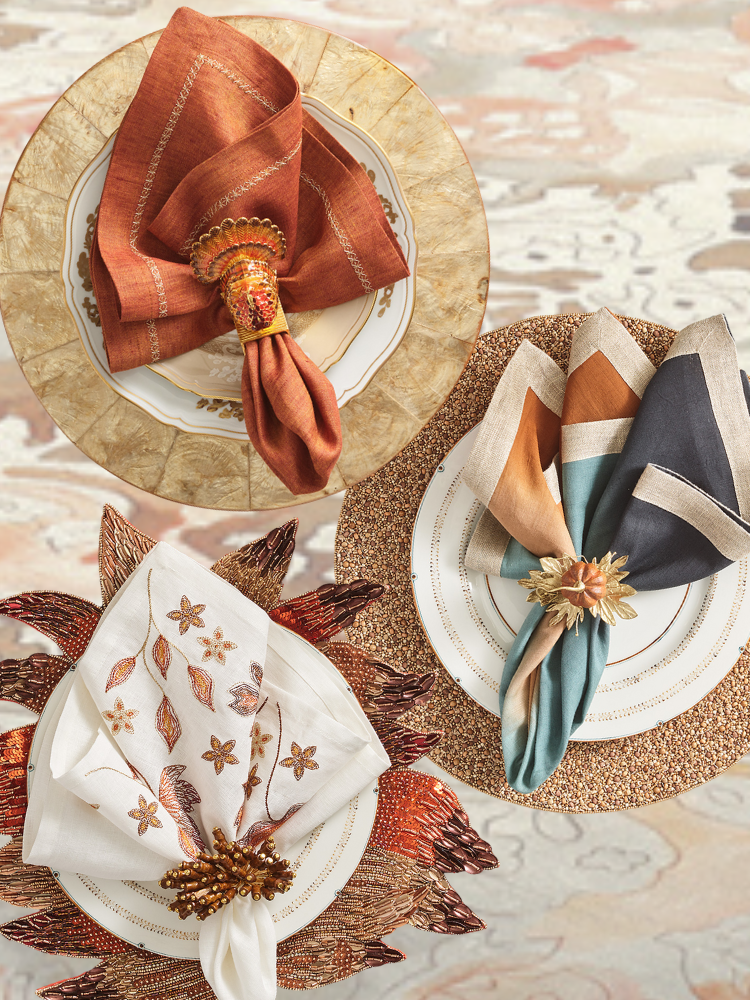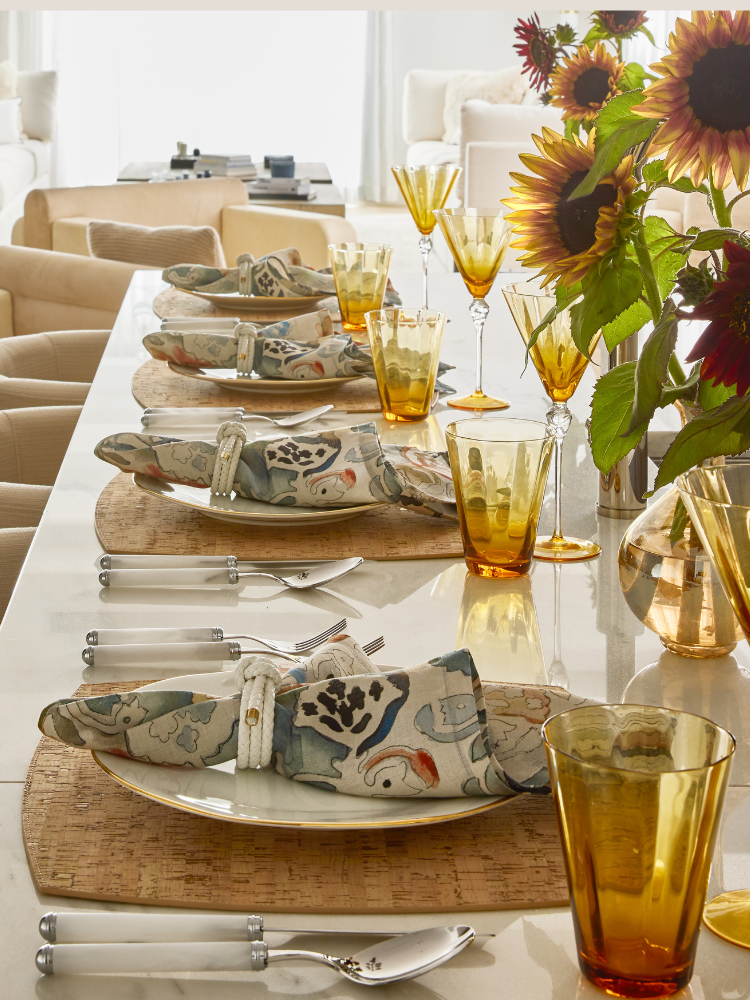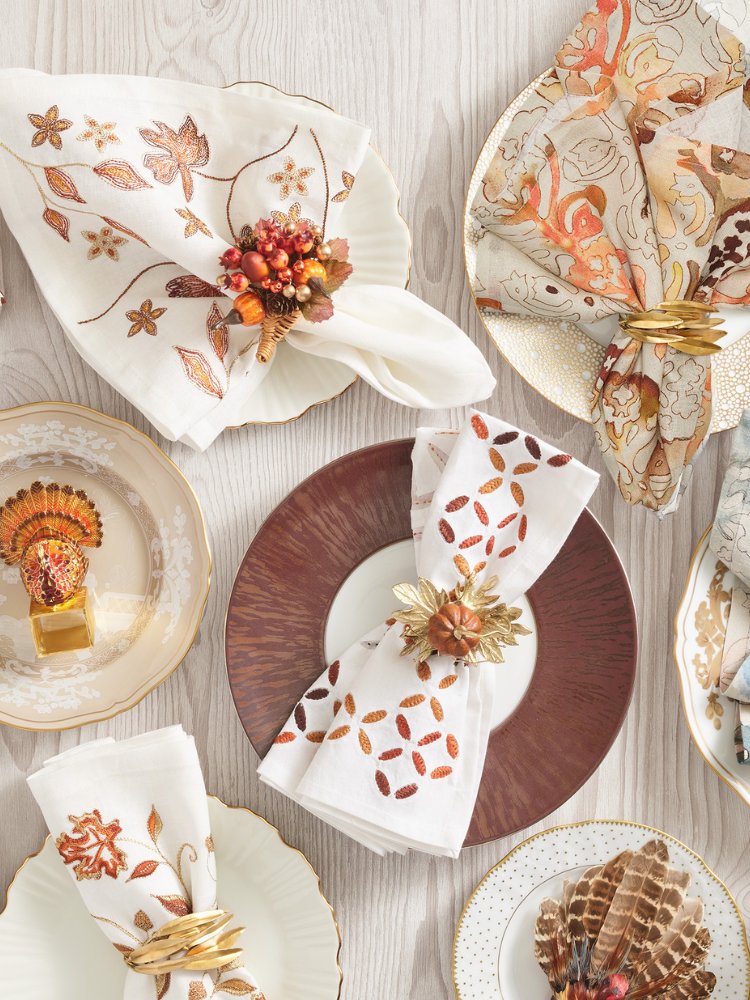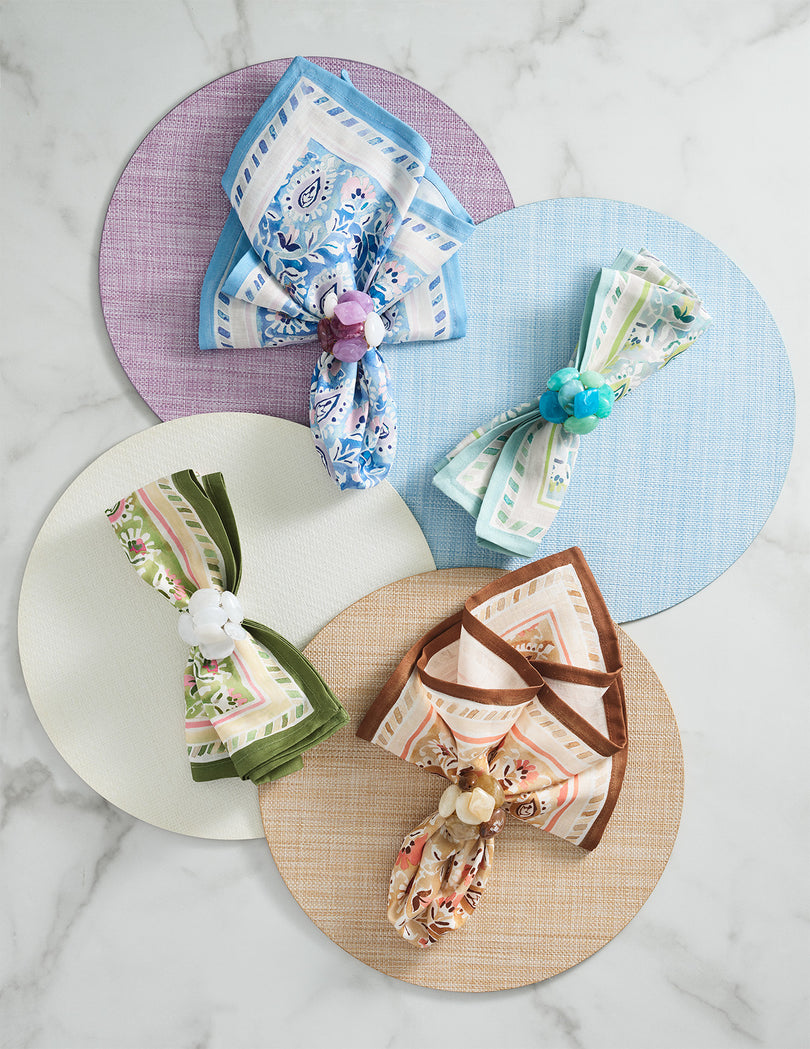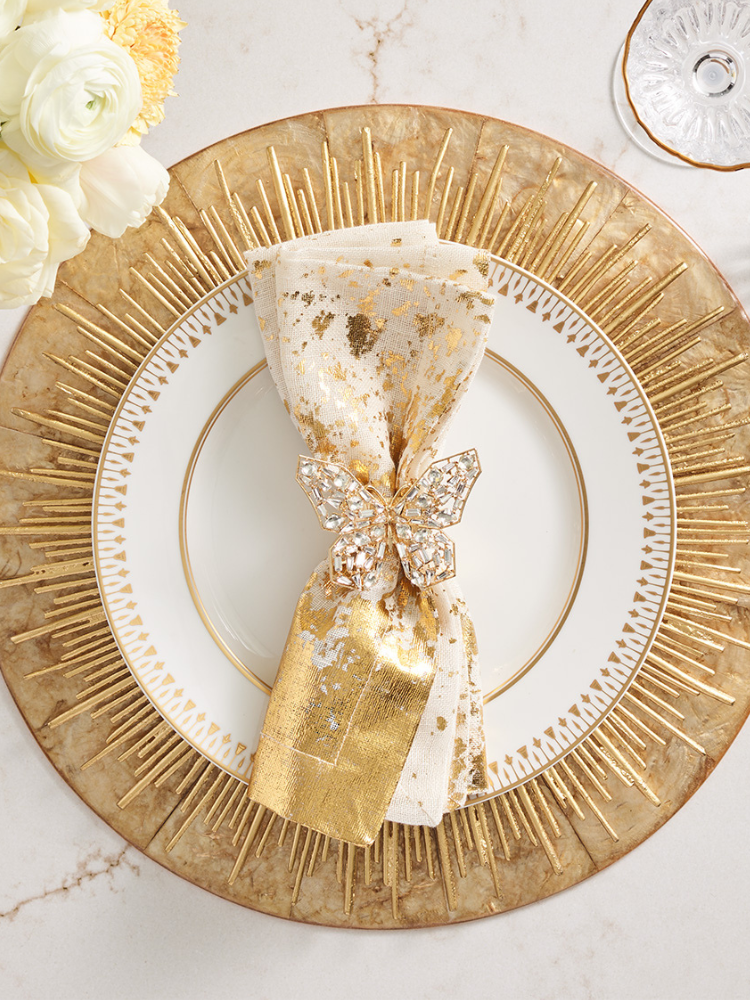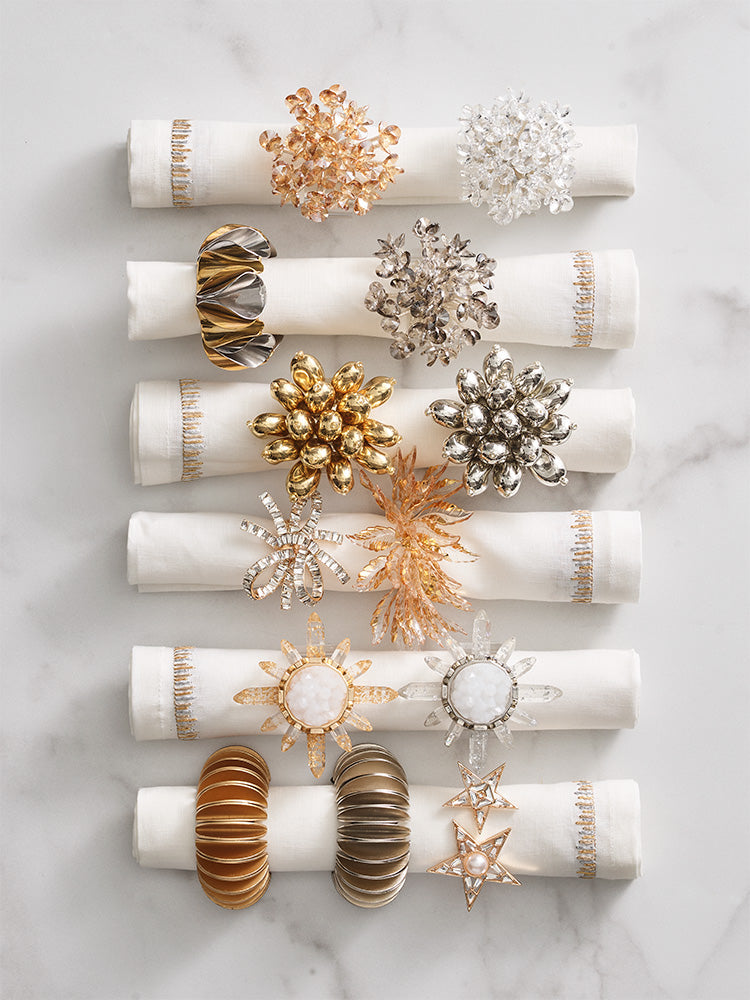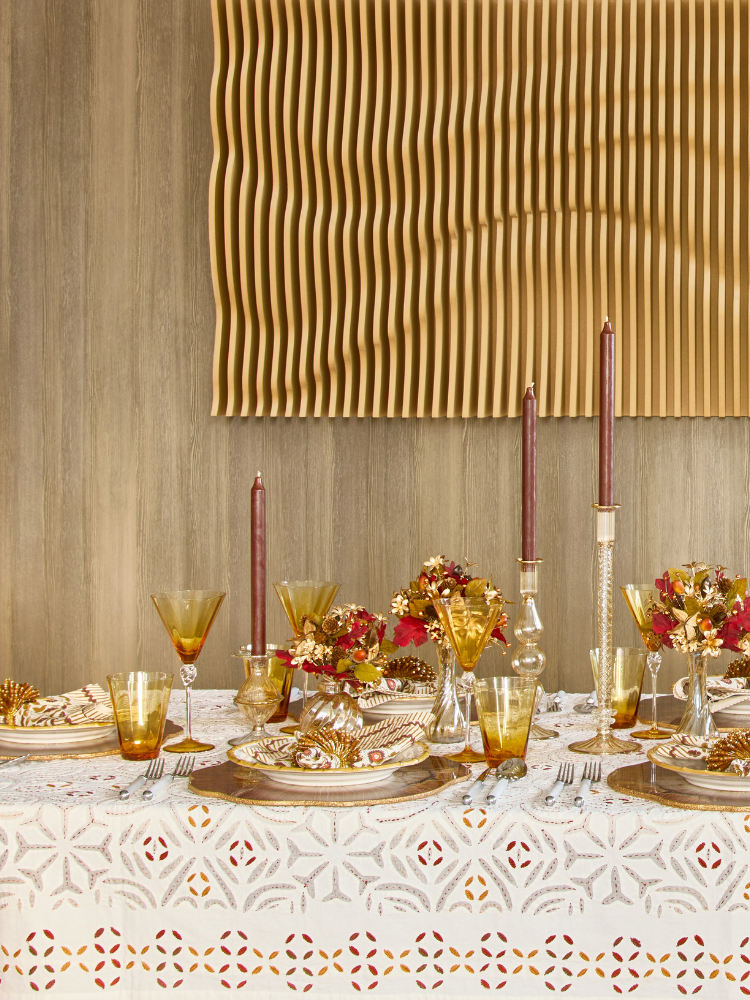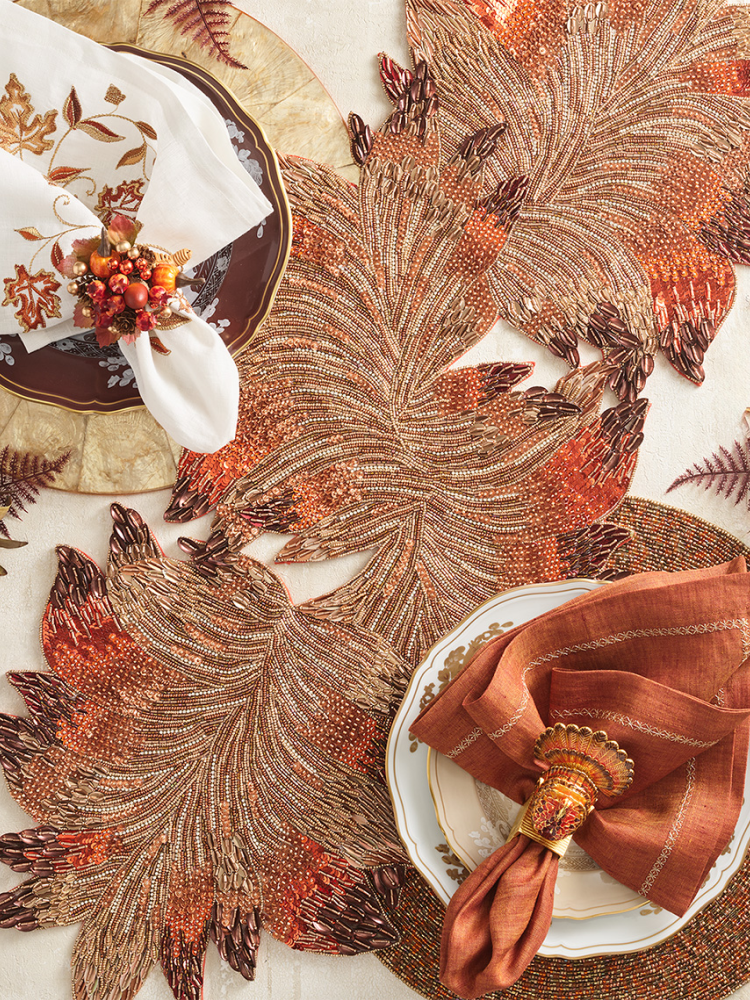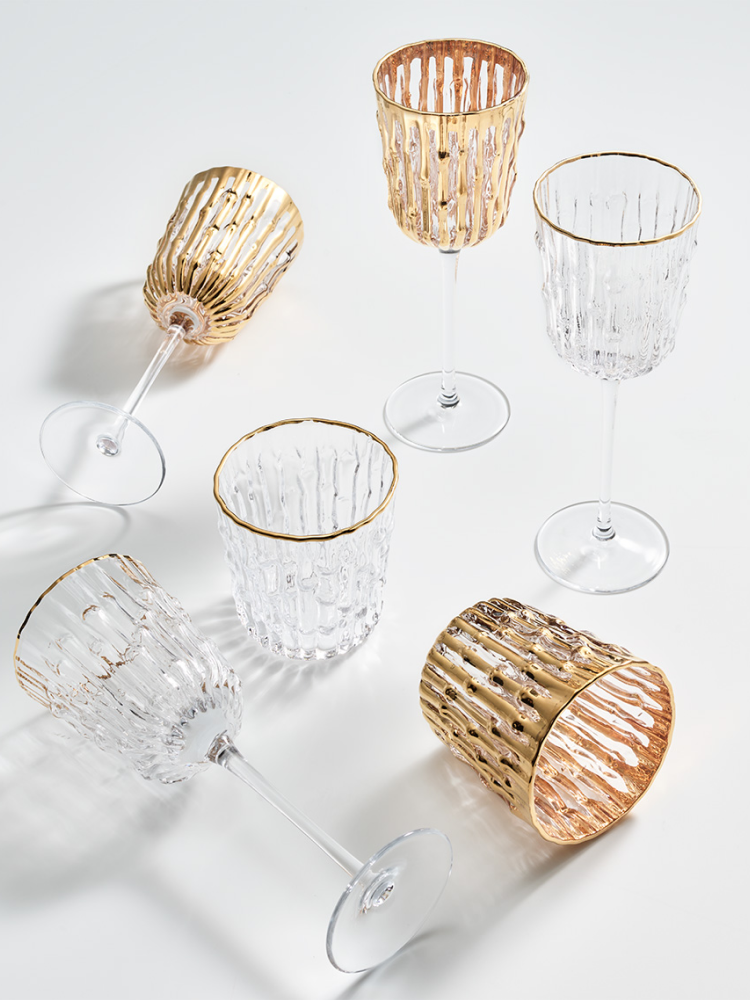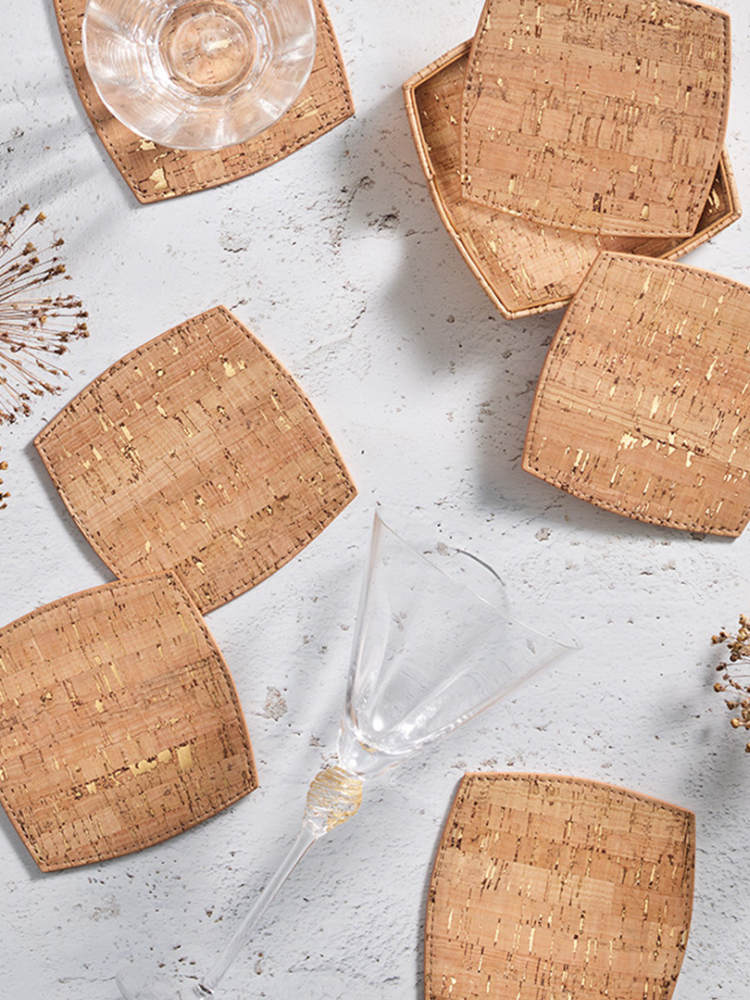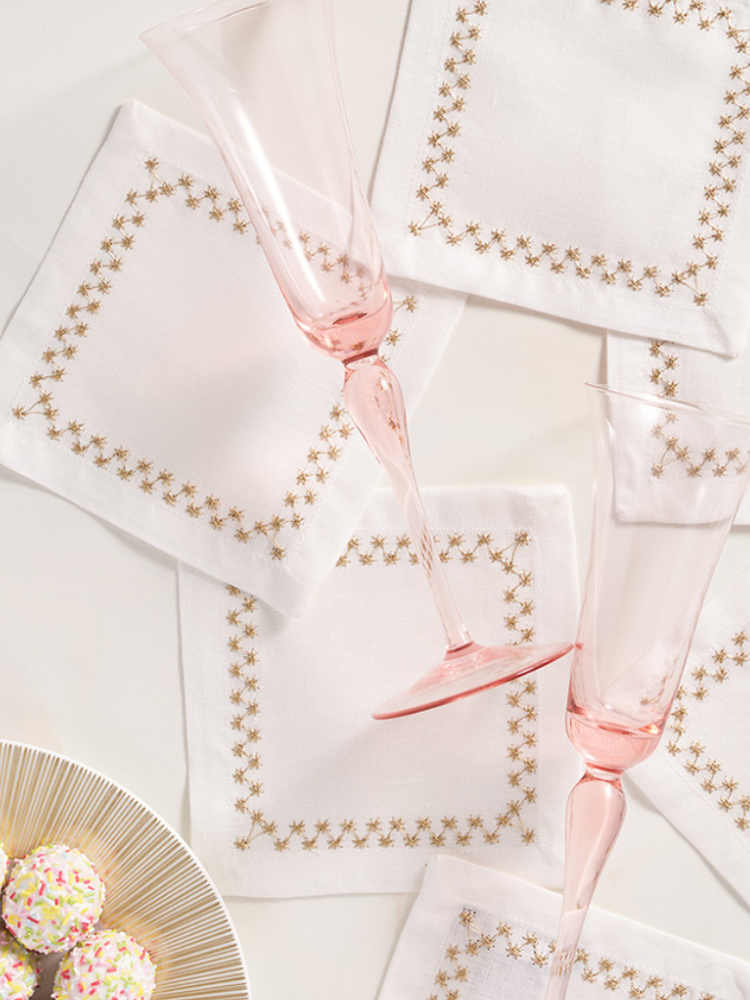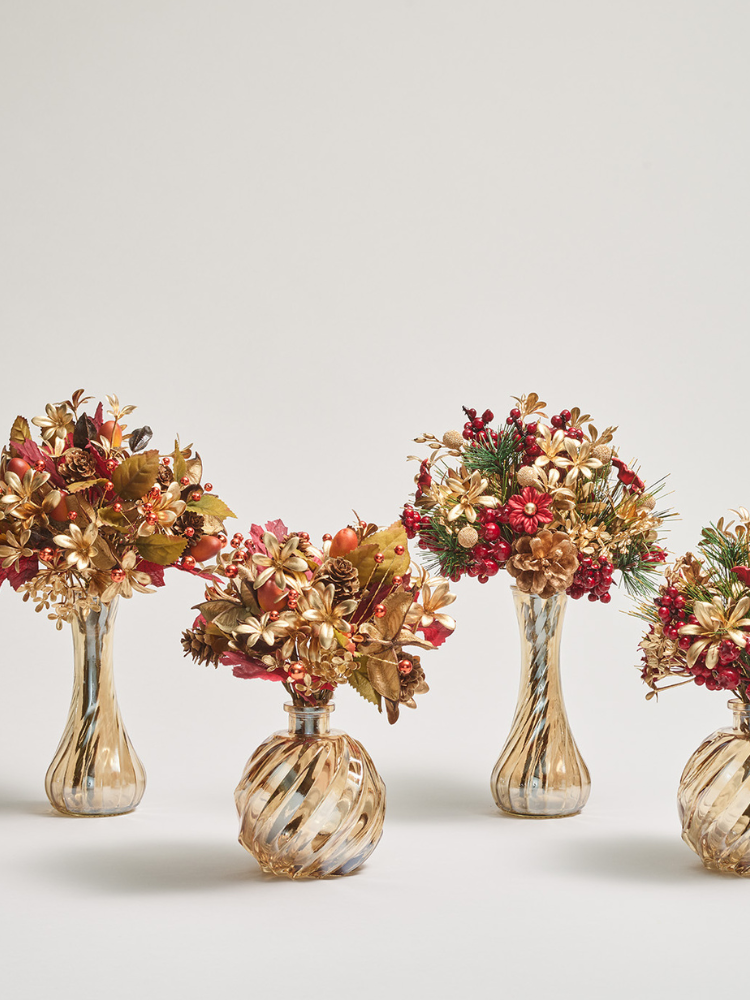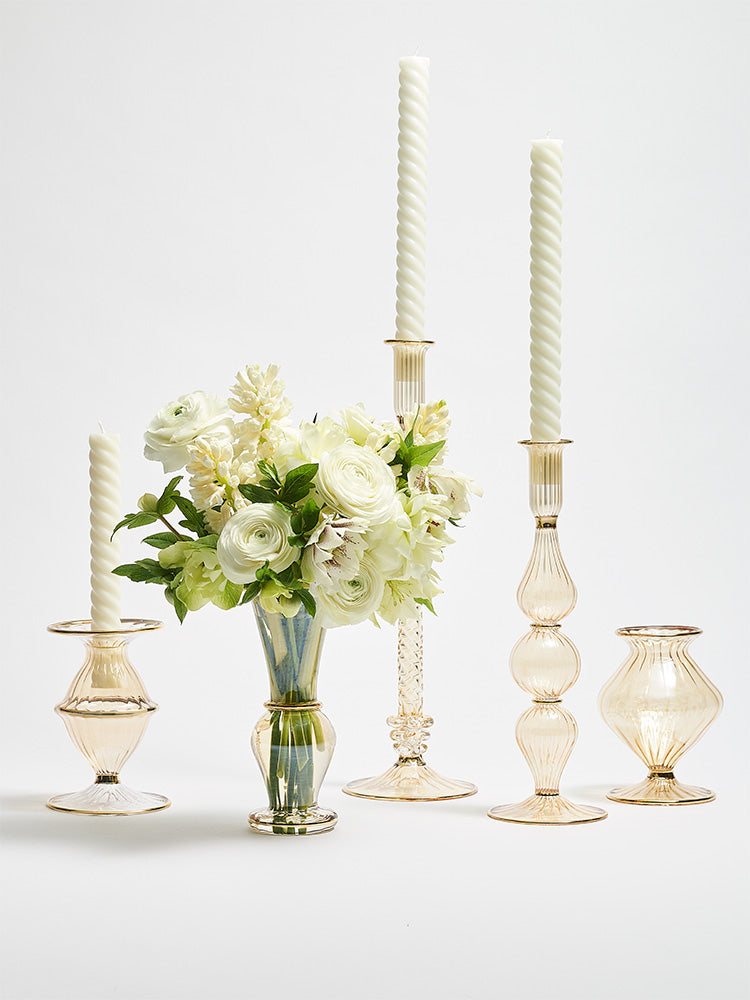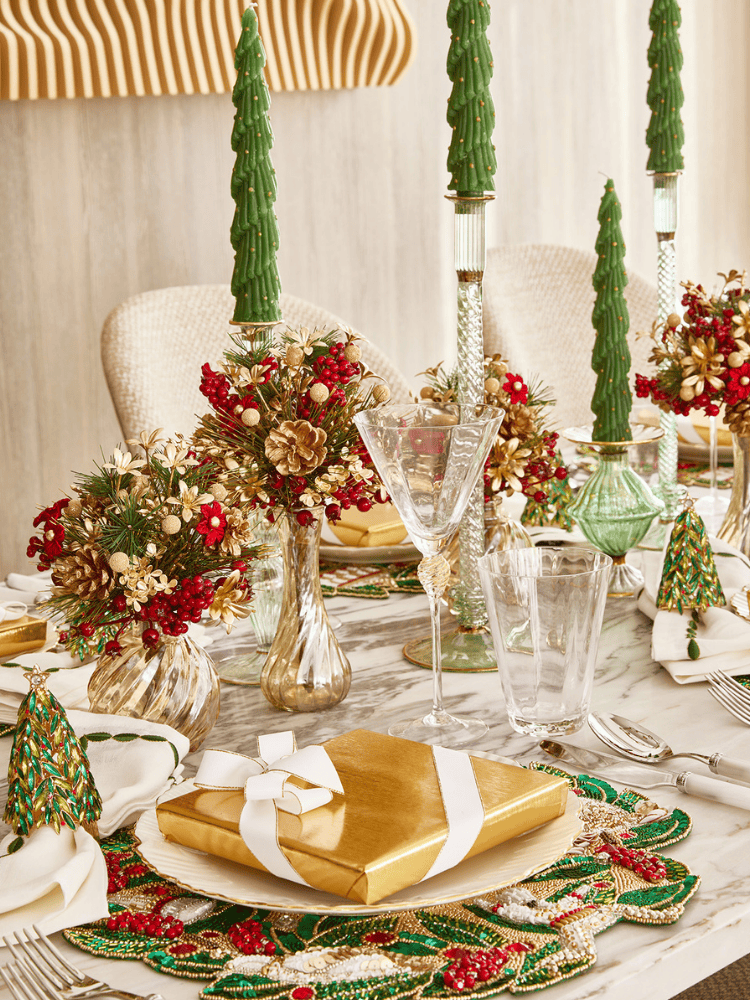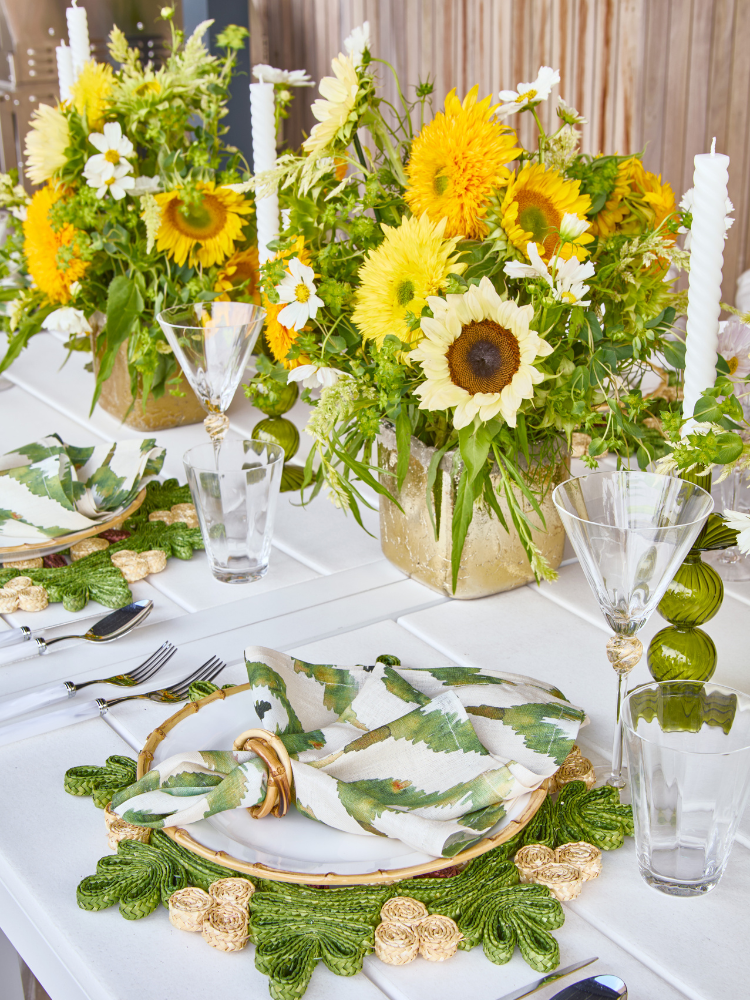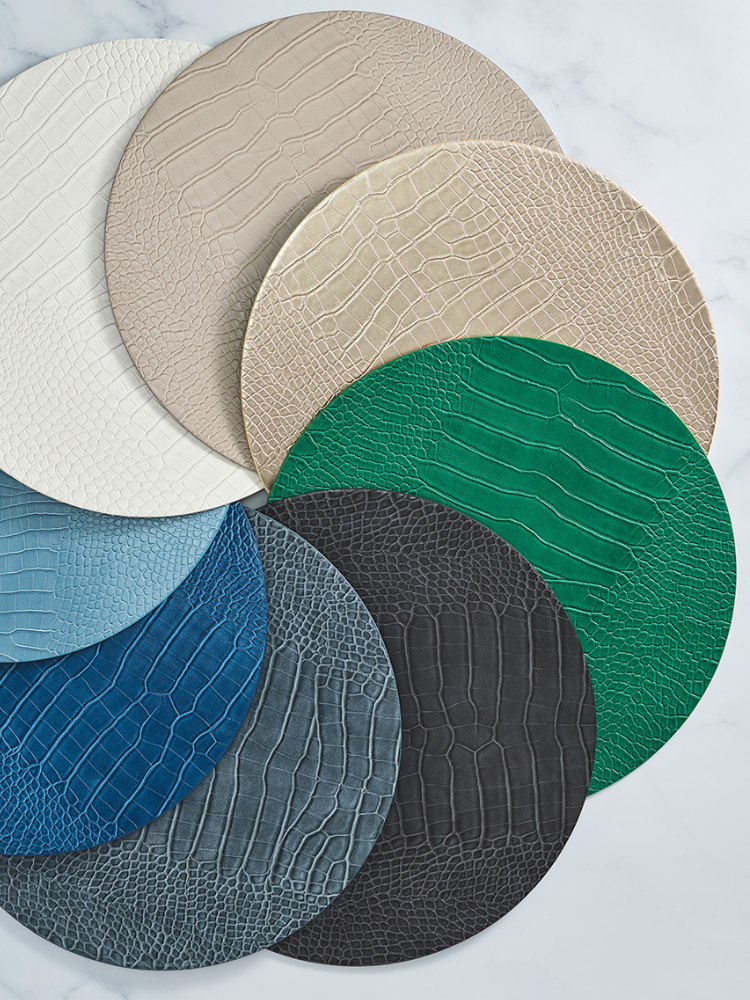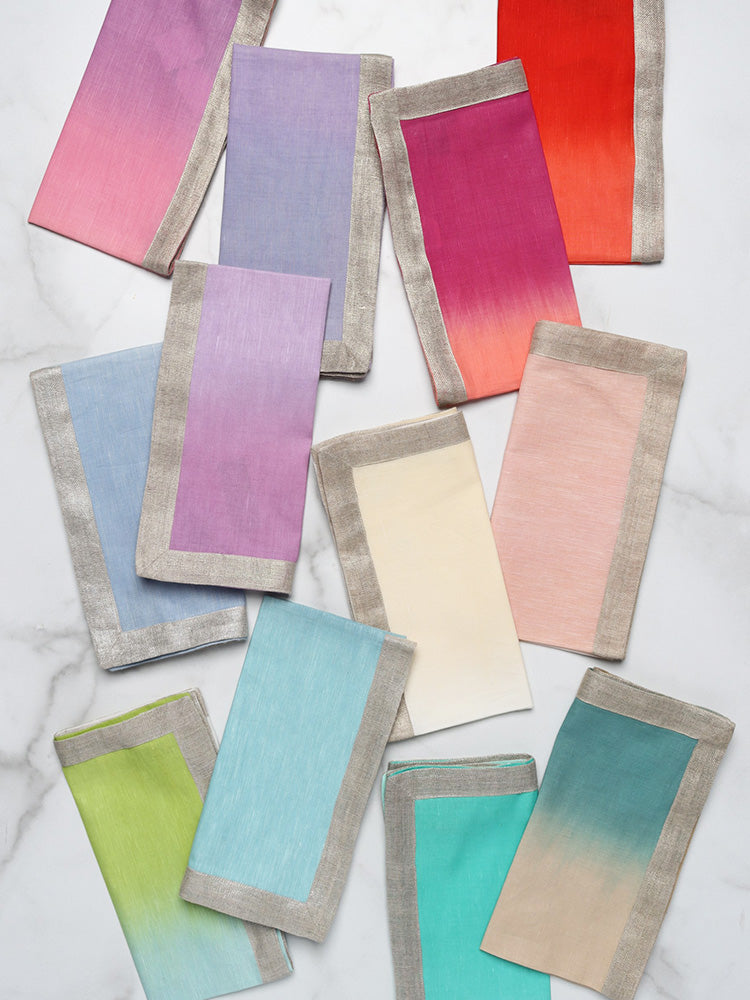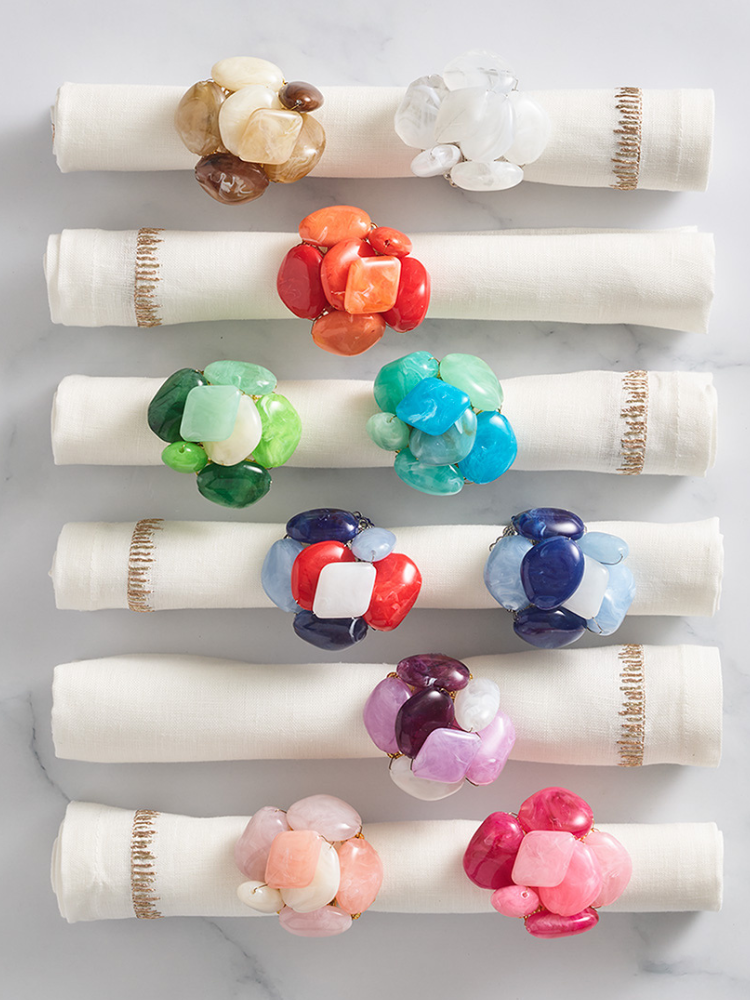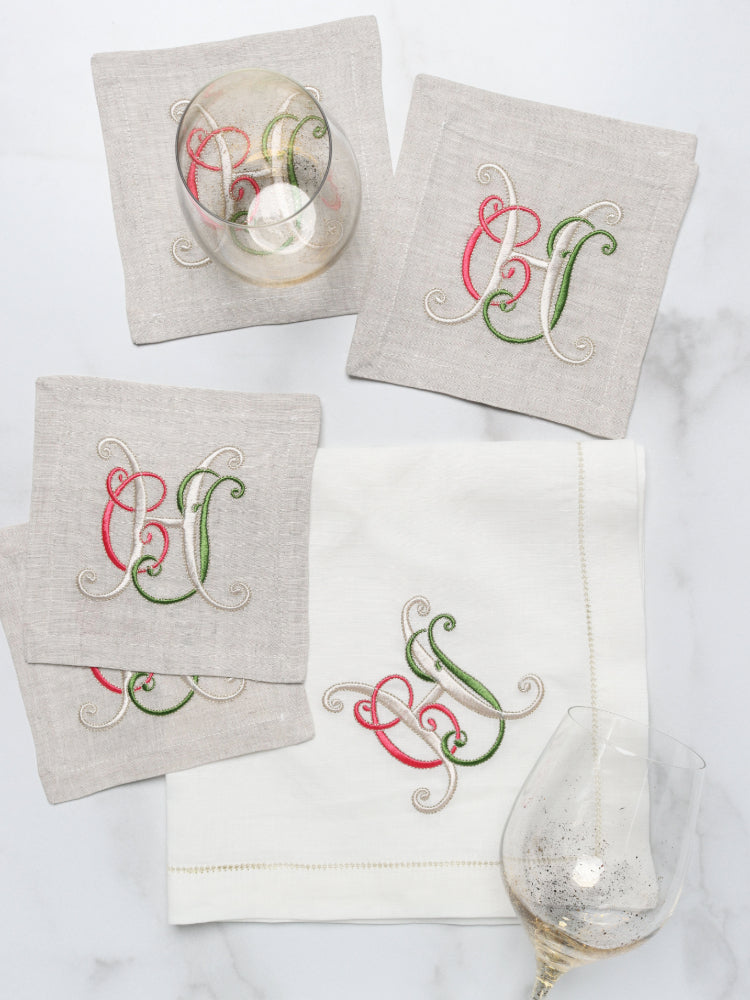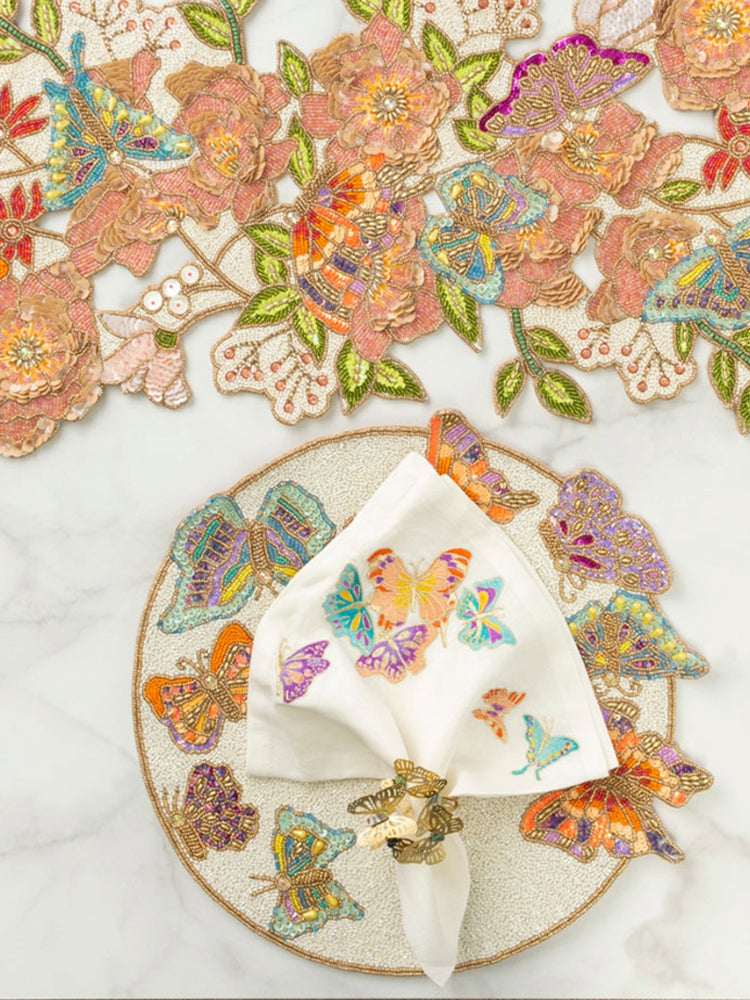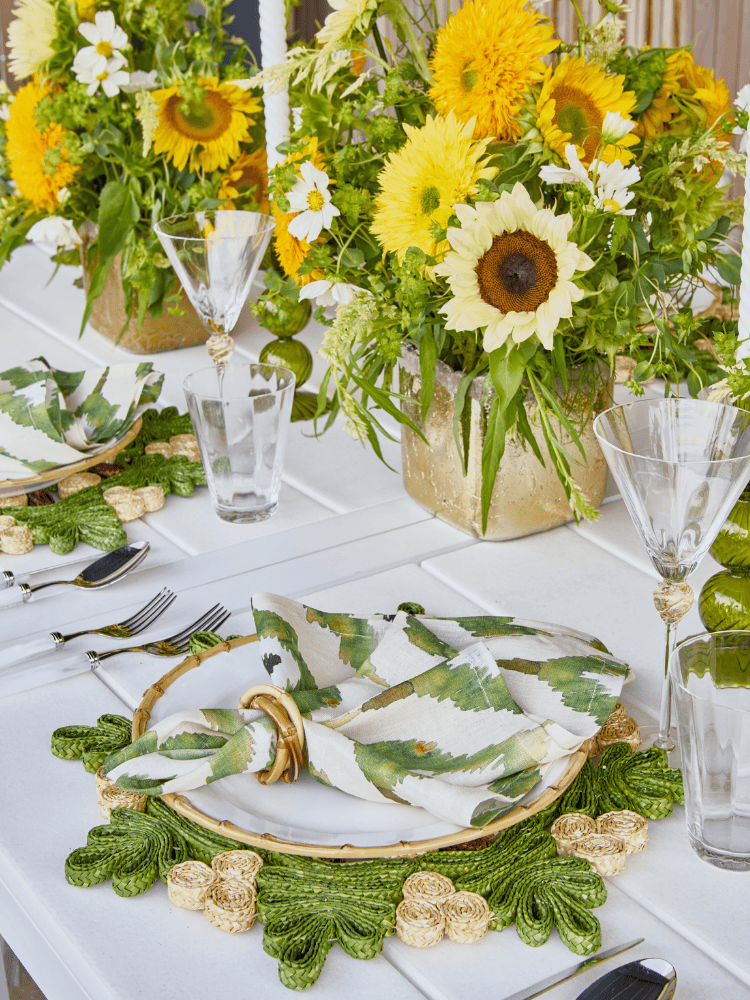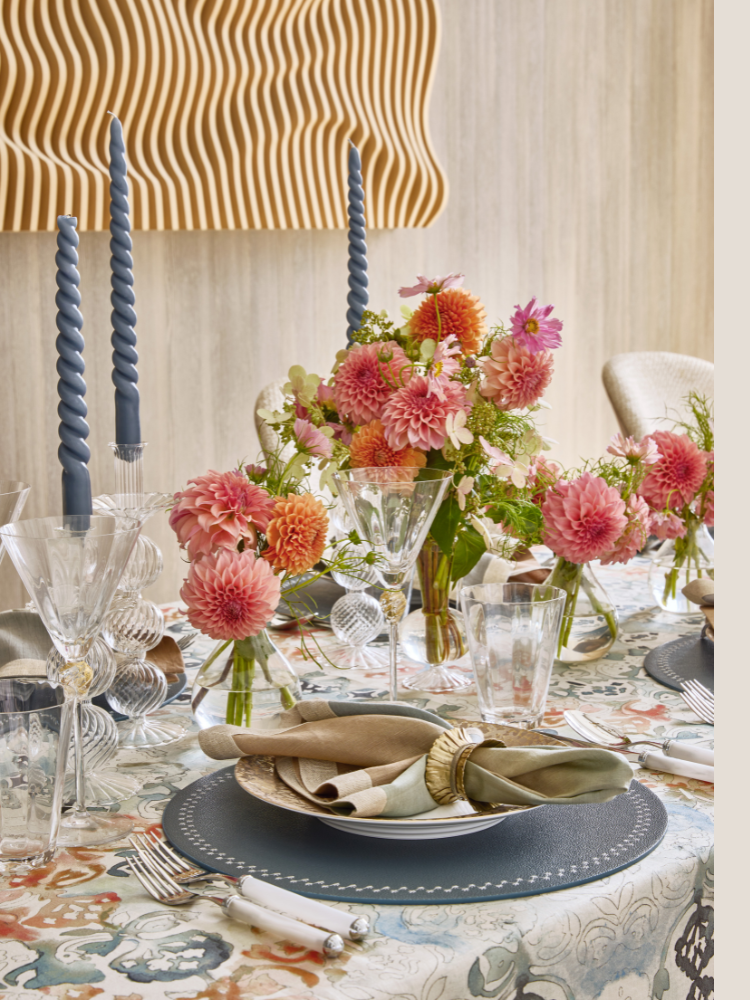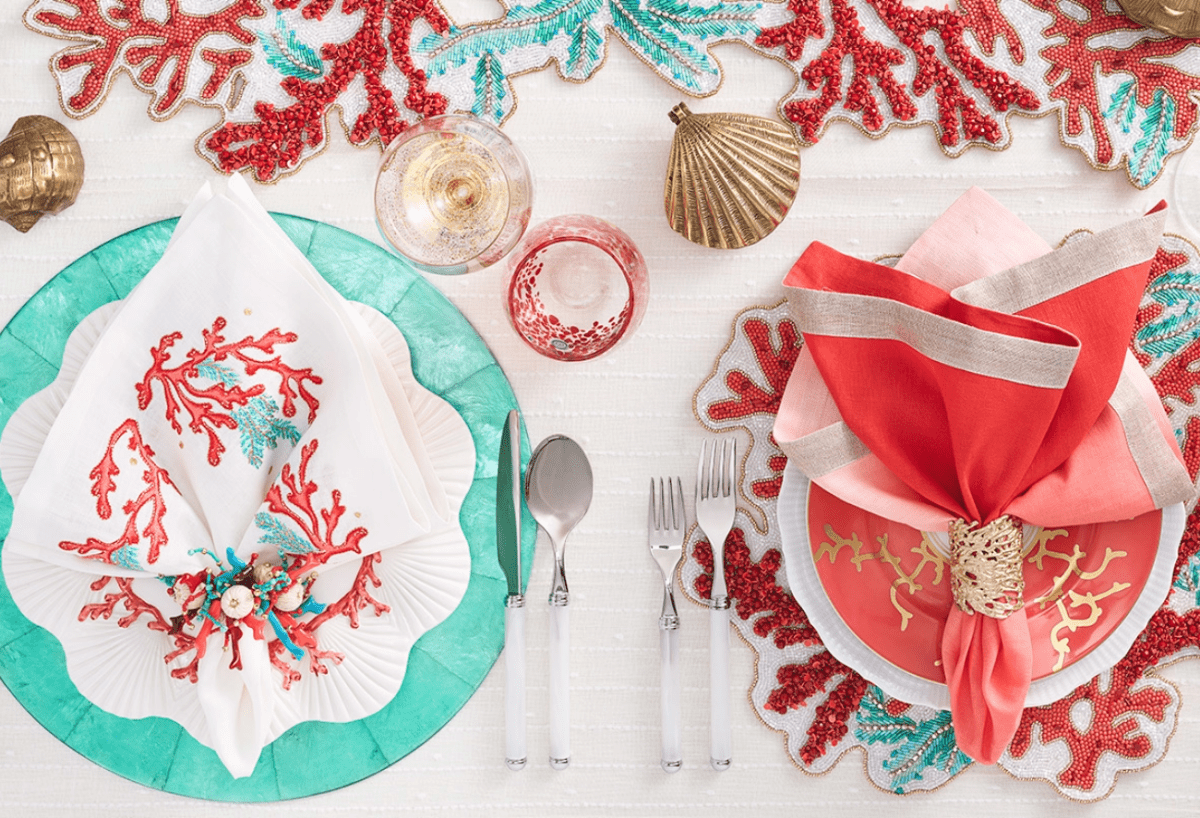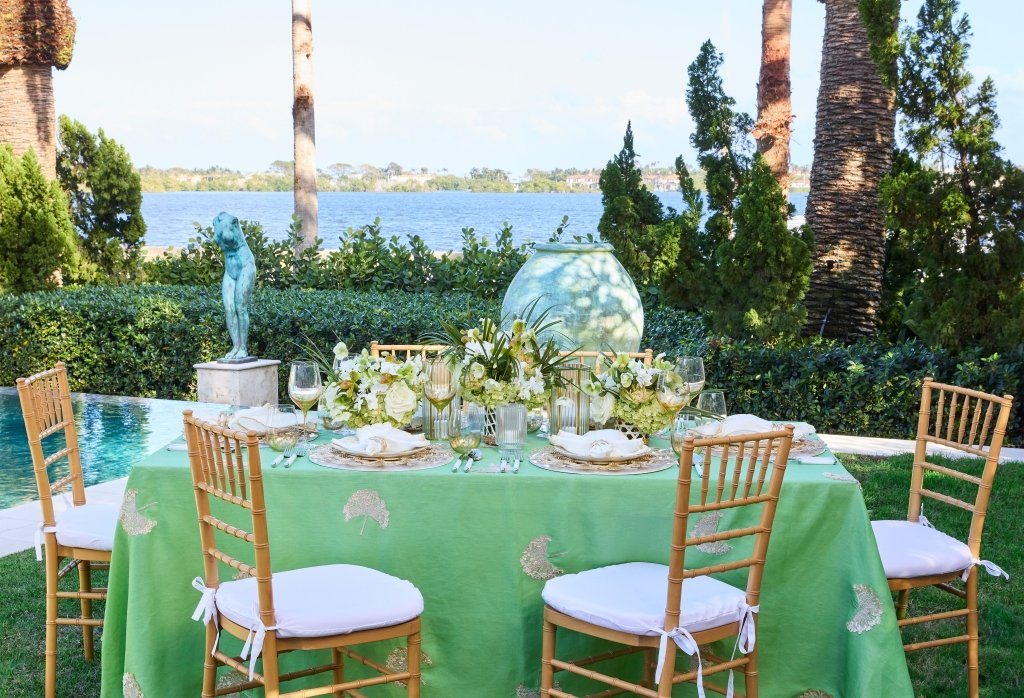The Artistry of Table Runner Layering

In the realm of dining room aesthetics, table runners are versatile elements that can transform the look and feel of any table setting. While traditionally used as singular pieces, the art of layering table runners has gained popularity for its ability to add depth, texture, and a personalized touch to dining spaces. This blog post explores the intricacies of how to effectively layer table runners, offering tips, techniques, and creative ideas to enhance your dining experience.
Understanding Table Runners

Table runners serve both functional and aesthetic purposes in home decor. These elongated strips of fabric not only protect tables from scratches and spills but also add a decorative element that ties together the overall theme of a dining room or event. In modern settings, table runners come in a variety of materials, patterns, and colors, making them versatile choices for enhancing tablescapes.
Choosing the Right Table Runner

Selecting the perfect table runner involves considering the materials, patterns, and colors that harmonize with the dining room or event decor. Whether you opt for classic linen runners for a rustic charm or choose intricate patterns and vibrant hues for a more contemporary look, the choice should complement the existing elements while adding visual interest.
The Purpose of Layering
Layering table runners serves to enhance visual depth and create a dynamic focal point on the dining table. It allows for creative expression by combining textures, patterns, and colors to reflect personal style and seasonal themes.
Single vs. Multiple Layers
Contrasting the effects of using a single table runner versus multiple layers helps determine the desired aesthetic. A single runner provides simplicity and elegance, while multiple layers can create a more intricate and textured look suitable for elaborate table settings.
How to Layer Table Runners

Layering on Rectangular Tables
For rectangular tables, mastering the art of layering involves strategic placement and alignment of table runners. Ensure each runner contributes to the overall harmony of the table setting by paying attention to lengths and overhangs. The base runner should extend approximately 6 to 12 inches beyond the table edges, while subsequent layers can vary in length to create a cascading effect or a symmetrical arrangement depending on the style you wish to achieve.
Layering on Round Tables
On round tables, layering table runners requires cross-sectional placement to define seating areas and emphasize the table's shape. If you wish to layer multiple runners at once, start by placing the longest runner down the center of the round table, allowing it to extend slightly beyond the table edges for an elegant overhang. This runner serves as the foundational layer that sets the stage for the rest of your design. Next, add shorter runners or smaller square runners diagonally across the round table. This technique defines seating areas and creates visual interest around the table's circumference.
Creative Ideas for Layering

Mixing Textures and Patterns
Experimenting with different textures and patterns can elevate table aesthetics. Incorporating textures like burlap, linen, beading or velvet can create a tactile contrast that adds dimension to your table. For example, pairing a beaded runner with a burlap or linen placemat can create a visually intriguing combination that balances elegance with a touch of rustic charm. Textured fabrics not only enhance the tactile experience but also contribute to the overall visual appeal of the table.
While mixing textures and patterns, maintaining a cohesive color scheme is essential. Choose colors that harmonize with each other and with the existing decor in your dining room. For example, if your dinnerware features a specific color palette, select a table runner that incorporates one or more of those colors to tie the elements together. This approach ensures that the mixed textures and patterns blend seamlessly into the overall aesthetic.
Seasonal Inspirations
Adapting table runner layers to seasonal decor themes, such as autumn harvest or spring floral arrangements, offers seasonal versatility. Adapt your texture and pattern mixing based on seasonal themes or occasions. During the autumn months, opt for runners with rich textures like velvet or tweed paired with patterns inspired by fall foliage or harvest motifs. In contrast, for spring or summer, lighter textures such as cotton or silk with floral or tropical patterns can evoke a breezy, seasonal feel.
Practical Tips for Layering

Measuring for Perfect Fit
Achieving the perfect layered look involves precise measurement of table runners. Practical tips on measuring table dimensions and selecting runners of appropriate lengths ensure each layer contributes seamlessly to the overall design.
Maintenance and Care
Guidelines on caring for table runners ensure their longevity and pristine appearance. Advice on proper storage and cleaning methods, such as gentle washing and air drying, will preserve the beauty of your table runners for years to come.
Final Thoughts on Table Runners

Mastering the art of layering table runners enhances the ambiance of any dining space, offering endless possibilities for creativity and personal expression. Whether for everyday meals or special occasions, strategic layering of table runners adds a distinctive charm that elevates your dining experience.


